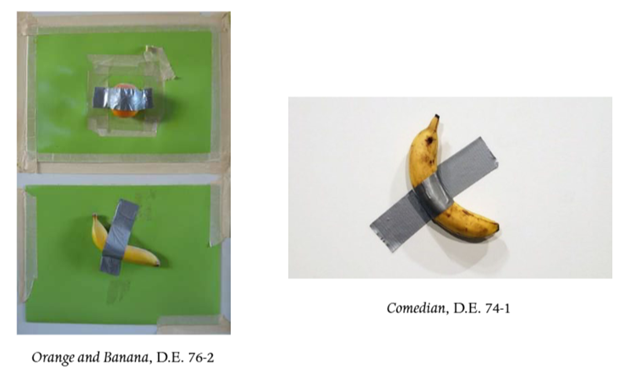In a copyright case involving liturgical music, the US Court of Appeals for the Ninth Circuit affirmed in part, reversed in part, and remanded a district court summary judgment after finding triable issues of fact regarding access and similarity between two musical compositions. The Court upheld the exclusion of the plaintiff’s late-disclosed evidence on access. Ambrosetti v. Or. Cath. Press, et al., Case No. 24-2270 (9th Cir. Aug. 27, 2025) (Thomas, Smith, Rayes, JJ.)
Vincent Ambrosetti, a prolific composer of sacred music, alleged that Bernadette Farrell copied his 1980 composition “Emmanuel” when writing her 1993 hymn “Christ Be Our Light.” Both works are widely used in Catholic liturgy, and Farrell’s song has become a staple in worship settings around the globe. Ambrosetti claimed that Farrell had access to “Emmanuel” through her association with Oregon Catholic Press (OCP), which published her work and had received copies of Ambrosetti’s music in the 1980s. He also pointed to striking musical similarities between the two compositions.
The district court excluded key evidence (letters from OCP’s then-publisher Owen Alstott acknowledging receipt of Ambrosetti’s music) as a sanction for late disclosure and barred Ambrosetti from arguing that Farrell accessed “Emmanuel” through those letters. Without that theory of access, and finding no striking similarity, the district court granted summary judgment for OCP. Ambrosetti appealed.
The Ninth Circuit affirmed the exclusion of the letters, finding that the sanctions were not “claim dispositive” since Ambrosetti could still pursue other theories of access and striking similarity. However, the panel reversed the summary judgment ruling, concluding that triable issues of fact existed as to whether Farrell had access to “Emmanuel” based on her and Alstott’s attendance at music conventions where Ambrosetti performed.
The Ninth Circuit also found that there was a genuine issue of material fact as to whether “Emmanuel” and “Christ” were substantially similar. According to Ambrosetti’s expert, 23 similarities in pitch, rhythm, and melodic development supported a finding of substantial similarity, with the district court noting that while individual elements may not be protectable, the unique combination could be. In vacating the summary judgement, the Ninth Circuit noted that summary judgment is “not highly favored” in copyright cases involving musical works where the evidence relied on is primarily competing expert testimony.
The Ninth Circuit upheld the exclusion of Alstott’s letters as a discovery sanction but found a genuine issue of material fact on the issue of access remained, thus precluding summary judgement.
read more


 Subscribe
Subscribe



